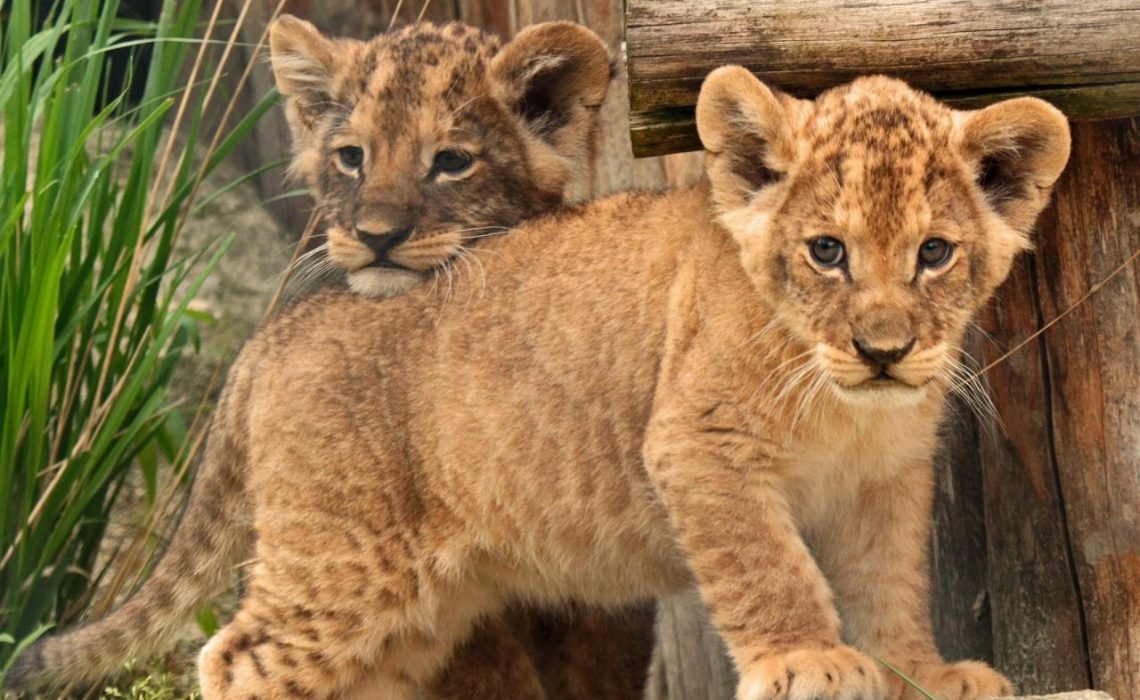
You might also like:
Animal interactions are falling out of favour with the inbound tourism industry, according to a recent survey by Tourism Update.
Of operators surveyed, 77% do not offer any animal interactions to clients, with lion cub petting the least favoured animal interaction.
When asked what their company’s position was on itineraries that included animal interactions, 49% of respondents said they did not support establishments that offered them, 17% said they did support establishments that offer animal interactions, 16% said they did not hold a specific view, and 17% voted ‘other’. Respondents that selected “other” explained that they supported establishments offering animal interactions if the establishments had a conservation and rehabilitation focus.
While the majority of respondents did not offer animal interactions, 15% offered elephant-back riding, 10% walking with cheetahs, 7% walking with lions, and 5% offered lion cub petting.
As a result of the majority not offering animal interactions, many of the enquiries coming through did not include a request for an animal interaction activity.
However, there continues to be a demand from tourists for inclusion of animal interaction in their itinerary, despite trade not supporting them. While 77% of operators do not offer any animal interactions, more than half of those surveyed said they continued to receive requests.
While the majority of operators surveyed do not offer lion cub petting, it continues to be one of the most requested activities. Of the respondents, 46% said they still received requests for a lion petting activity, 44% for walking with lions, 43% for walking with cheetahs, and 56% for elephant-back riding. However, while there are still requests, the majority of the respondents said that only between 0% and 25% of clientele put these forward.
A smaller segment of the market continue to express an interest in including an animal interaction activity in the itinerary. Up to 40% of respondents said between 0% and 25% of enquiries included a request for either lion cub petting, walking with lions, walking with cheetahs, and elephant-back rides.
Operators are also doing their bit to educate clients about animal interactions. While some operators continue to offer interactions, 87% do not actively promote or market these activities. Elephant-back rides, walking with cheetahs, and walking with lions are the only interactions actively marketed by 13% of respondents. Sandra Collier, owner of African Dynamics, said: “We gently encourage clients away from direct wild animal interactions,” and Gillian Maskell, Manager at Africa 2000 Tours, said: “I explain the situation to my clients and outline the reasons that I will not provide those activities. I then try and provide an activity that would provide funds for rehabilitation.”
Other operators believe there is a place for animal interaction activities within the tourism industry. Chris McDuling, Owner of Basic Tours, said there were tourists, both local and international, who gained positive experiences from interactions while being entertained and educated. Another respondent answered that while it was not natural, conservation had to be funded in some manner.
Operators are also blaming the rise of social media in misinforming travellers about animal interactions. One respondent answered: “We feel the more people post pictures of themselves interacting with wildlife on social media the more this is seen as an everyday norm to guests before they visit the country and expect these kind of experiences to be natural when they are, in actual fact, not.”
Last year, Fair Trade Tourism unveiled new criteria for tourism businesses with volunteer offerings. The criteria do not allow for any physical interaction by tourists or volunteers with a range of captive animals, including all large and medium-sized carnivores, big cats, elephants, rhinos, large apes, hippos, ostriches, crocodiles and venomous snakes.
Sоurсе: tourismupdate.co.za
